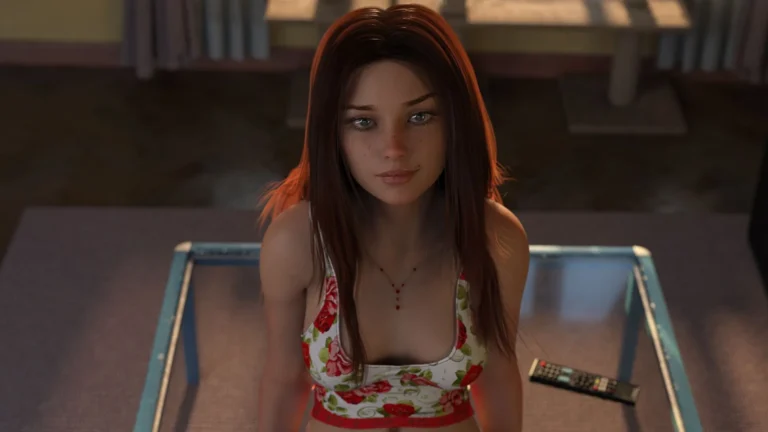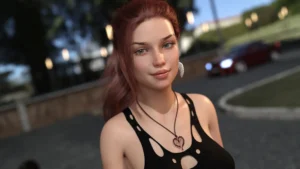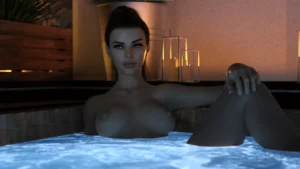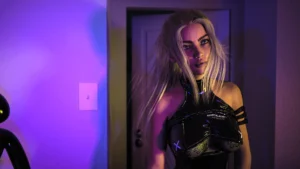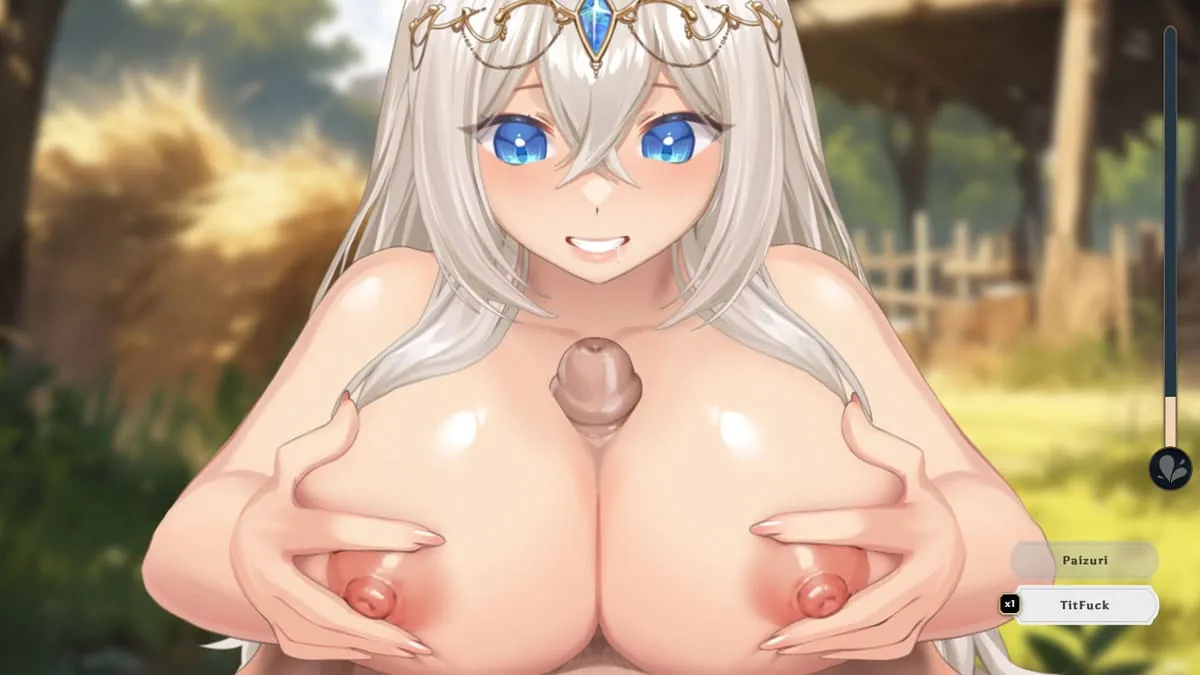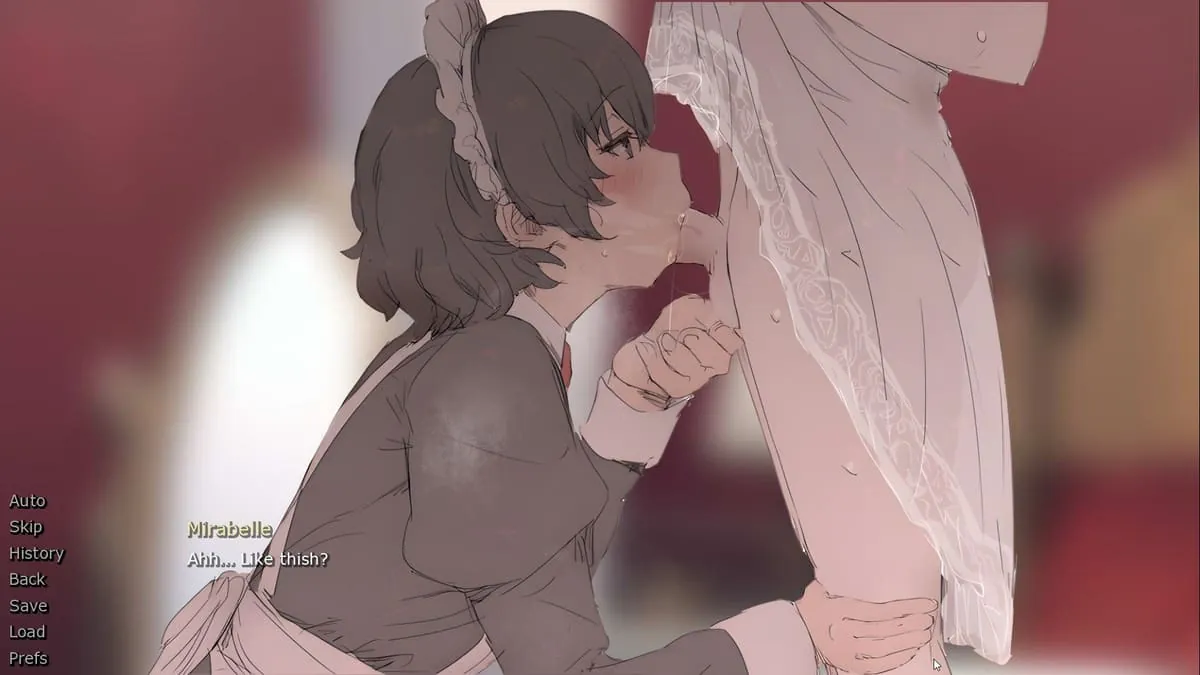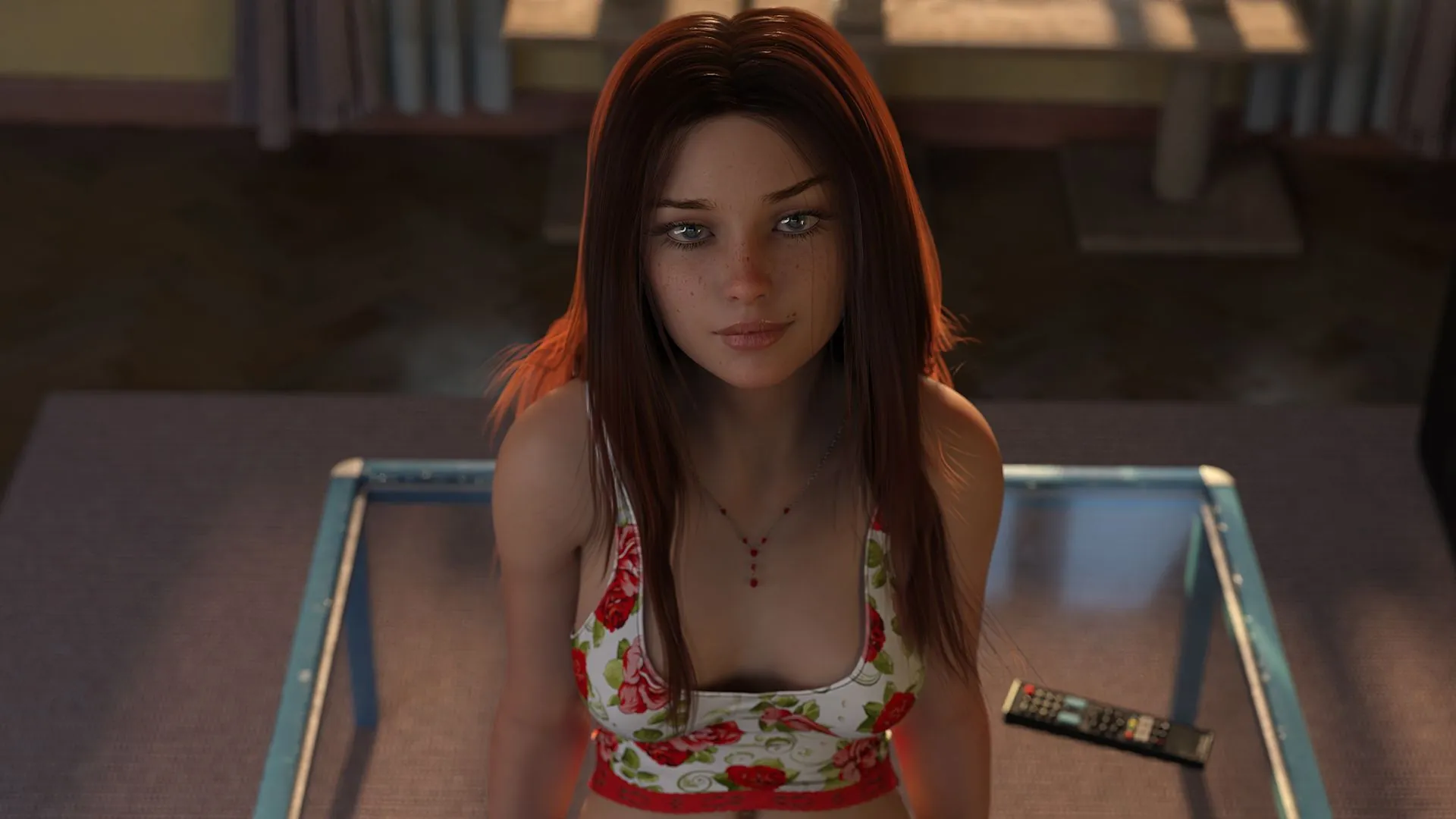
Summer’s Gone
Play Summer’s Gone
Summer’s Gone review
Exploring the immersive world and gameplay of Summer’s Gone
Summer’s Gone is a distinctive interactive experience that has captured the attention of many players seeking an engaging and narrative-driven game. This article explores the core elements of Summer’s Gone, from its storyline and character development to gameplay features and player engagement. Whether you’re curious about what sets this game apart or looking for tips to enhance your playthrough, this guide offers a comprehensive overview that will enrich your understanding and enjoyment of Summer’s Gone.
Exploring Summer’s Gone: Story, Gameplay, and Features
What is Summer’s Gone About?
Picture this: you wake up with fragments of your past scattered like broken glass 🧩. That’s where Summer’s Gone game begins—stepping into the shoes of a young man grappling with trauma-induced amnesia at a coastal university. The Summer’s Gone storyline masterfully weaves mystery, romance, and psychological healing into a sun-drenched yet emotionally raw world. I still remember my first playthrough: sitting alone at midnight, utterly gripped when my character nervously approached Bella at the lakeside. The way sunlight filtered through virtual trees felt real, and her guarded response left me obsessing for days! 😅
Set in the Pacific Northwest-inspired “Coastal County,” you’ll navigate college life, rebuild shattered memories, and form bonds (or rivalries) with complex characters. What sets this apart? Emotional weight. Unlike typical visual novels, every raindrop on a window or hesitant dialogue choice amplifies the tension. The core question isn’t just “Who am I?”—it’s “Who do I want to become?” 🌊
Key Gameplay Mechanics
Wondering how to play Summer’s Gone? Think “choose-your-own-adventure” meets cinematic therapy session! 🎬 The core of Summer’s Gone gameplay revolves around three pillars:
- Branching dialogues 💬: Every conversation shifts relationships. Agree with Mila’s sarcasm? She warms up. Dismiss her? Prepare for icy glares.
- Exploration sequences 🔍: Click through dorm rooms or beaches to uncover hidden memories (like finding a faded photograph under your bed).
- Timed decisions ⏱️: Hesitate too long comforting a friend? They might shut down emotionally.
🚨 Pro Tip: Save often! One impulsive choice during Vanessa’s party cost me a potential friendship arc.
Now, let’s break down the interactive game features visually:
| Feature Type | Examples | Impact |
|---|---|---|
| Dialogue Choices | Support/Challenge characters | Alters trust levels & story paths |
| Environmental Interaction | Examining objects, locations | Unlocks backstory fragments |
| Relationship Points | Gifts, shared activities | Changes character endings |
Notice how narrative choices Summer’s Gone integrates? Your decisions ripple across episodes—helping a rival study might unlock bonus scenes later! 📘
Character Development and Interaction
Here’s where Summer’s Gone game shines: character interaction Summer’s Gone isn’t transactional—it’s transformative. Take Nami, your childhood friend. Early on, you choose whether to pry about her family struggles or respect her silence. In my playthrough, pushing too hard made her withdraw for three chapters 😢. But when I replayed with patience? She revealed a pivotal memory about my past. That’s the magic—every bond feels earned.
Relationships evolve dynamically through:
– Personality thresholds 🧠: Characters react if your kindness/assertiveness stats hit certain levels.
– Choice consequences ⚖️: Skipping Sonya’s art show might kill a romance subplot.
– Group dynamics 👥: Flirting with Bella while dating Vic? Prepare for explosive confrontations!
Let me illustrate with a real example:
In Episode 4, I found Vic crying over her guitar. Option A: “Everyone fails sometimes” (dismissive). Option B: “Play me something—I’ll listen” (engaged). I chose B. Later, when I faced panic attacks, Vic became my sole emotional anchor. That’s Summer’s Gone gameplay depth—your empathy boomerangs back.
For new players: Talk to everyone twice per episode. Characters drop hints about hidden triggers (like bringing coffee to Nadia before exams). And replay! My third run revealed a secret scene where Mila defends you if you’ve consistently backed her against bullies. Trust me—no two playthroughs feel alike. 💥
Whether you’re here for the haunting Summer’s Gone storyline or the heart-pounding narrative choices Summer’s Gone demands, this isn’t just a game—it’s an emotional excavation. Start slow, save often, and let those virtual waves wash over you. Your story’s waiting 🌅.
Summer’s Gone offers a rich, narrative-driven experience that combines engaging gameplay with meaningful character interactions. Its unique approach to storytelling and player choice makes it a memorable title worth exploring. Whether you’re new to the game or looking to deepen your understanding, embracing its features and mechanics will enhance your journey. Dive in and discover the layers that make Summer’s Gone a standout experience.
